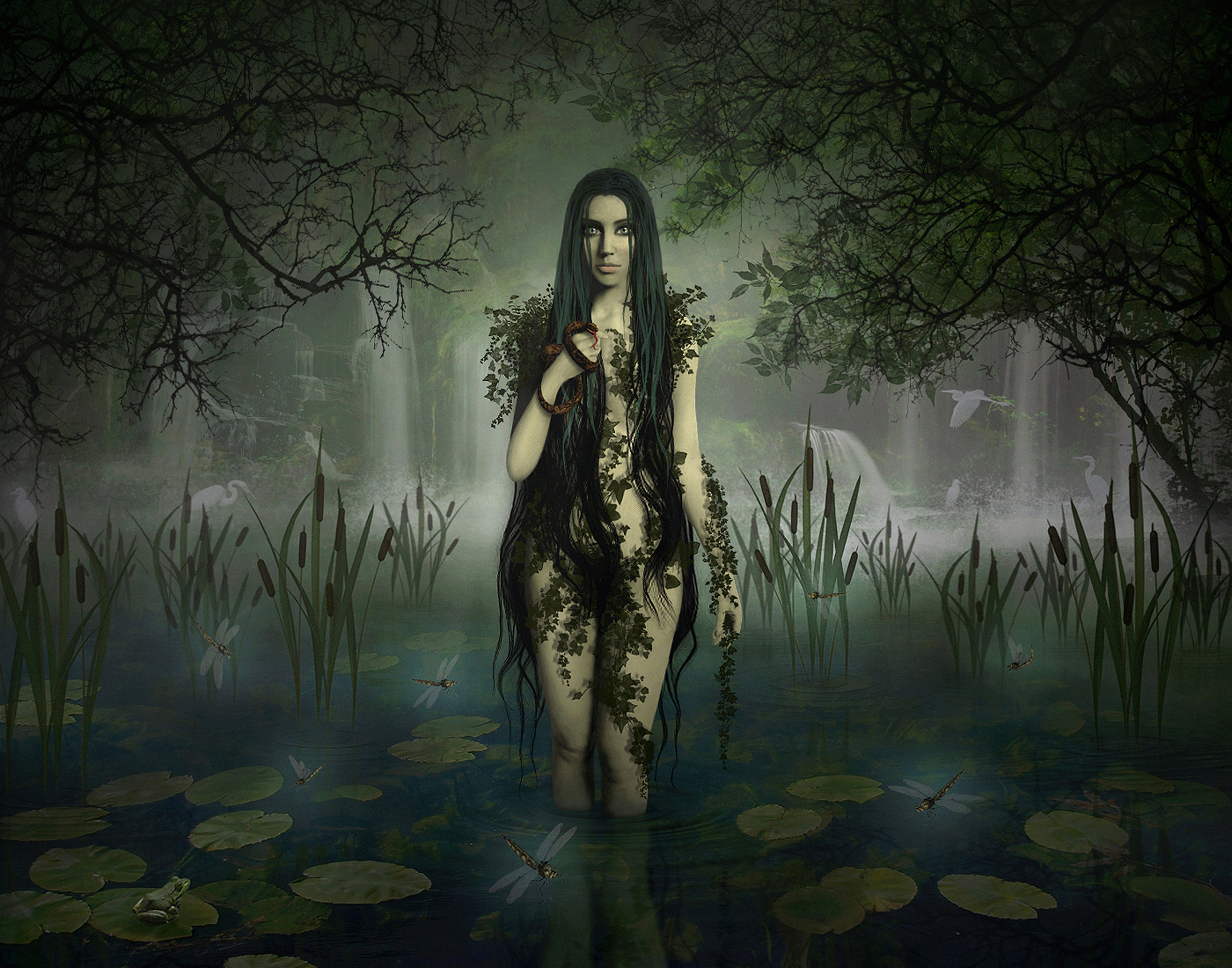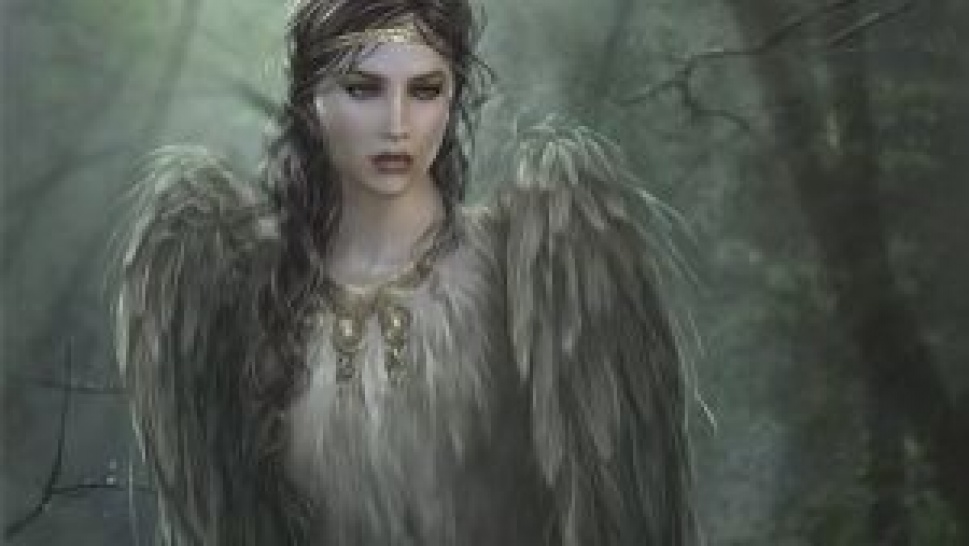In Slavic folklore, Baba Yaga is a female monster who dwells in the forest and feasts on children. This doesn't necessarily mean she's evil-- in some stories, she's a benign or even helpful figure-- but she's certainly mythical and definitely mysterious.
Spirit of the bathhouse (bania) in Russian and Ukrainian folklore; at times, the Bannik had a female companion, known as the bannaia or bainikha. Because the bathhouse was seen as a potentially unclean and dangerous place, the bannik was perceived as a capricious, sometimes harmful, household spirit.
Serbian winged bird with long beak and sack. They are born from the egg of a black hen that a woman carries under her armpit for 40 days during which the woman cannot confess, cut her nails, wash her face or pray. Once born the Cikavac can grant human wishes.

Domovoi In Russian folklore a domovoy is a household spirit, also called "the grandfather" and "the master". He looks like a tiny old man whose face is covered with white fur, or as a double of the head of a house. There is a legend on the origin of the domovye (plural): when the evil host had been thrown out of the sky, some malicious spirits fell into human habitats. Living near the mortals those spirits became soft and friendly in time so to say, transformed into a kind of mischievous helpers.
In Slavic mythology, the word zmey or Змей and its cognates zmiy, zmaj, zmej and żmij are used to describe a dragon. Most of these words are masculine forms of the Slavic word for "snake", which is normally feminine (like Russian zmeya). In Romania, there is a similar figure, derived from the Slavic dragon and named zmeu. In Polish and Belarusian folklore a dragon is also called smok. Although quite similar to other European dragons, Slavic dragons have their peculiarities. 
According to Slavic folklore, a Rusalka is a water spirit or water nymph. They are the souls of young women or girls who died an unnatural or violent death. If the girl was murdered in or close to a lake, she would became a Rusalka and inhabit that particular lake. Rusalkas appear as beautiful young women who try to lure men into the water, where they will drown them. Rusalki can also be found on nights when there is a new moon; dancing on meadows or open places in the woods. With their shrill laughter they are capable of killing humans. A Rusalka's fate can be undone by avenging her death.
Whenever people would bathe in the lake they put fern in their hair so that the rusalka would not pull them under and drown them.
Fairy is a female mythical creature, in Slavic mythology, who lives in nature. They are best preserved in the tradition and very popular with the Slavic people. Fairies were mostly friendly with people, but they could also be vengeful.
They usually lived in forests and by the rivers, and often in the mountains. Some fairies built their castles in the clouds. Fairies are imagined as very beautiful, slender girls they wore thin white dresses, with long unbraided hair over their back and breasts and sometimes nude. Their hair was mostly blond or red; golden hair is also mentioned.




Share the News